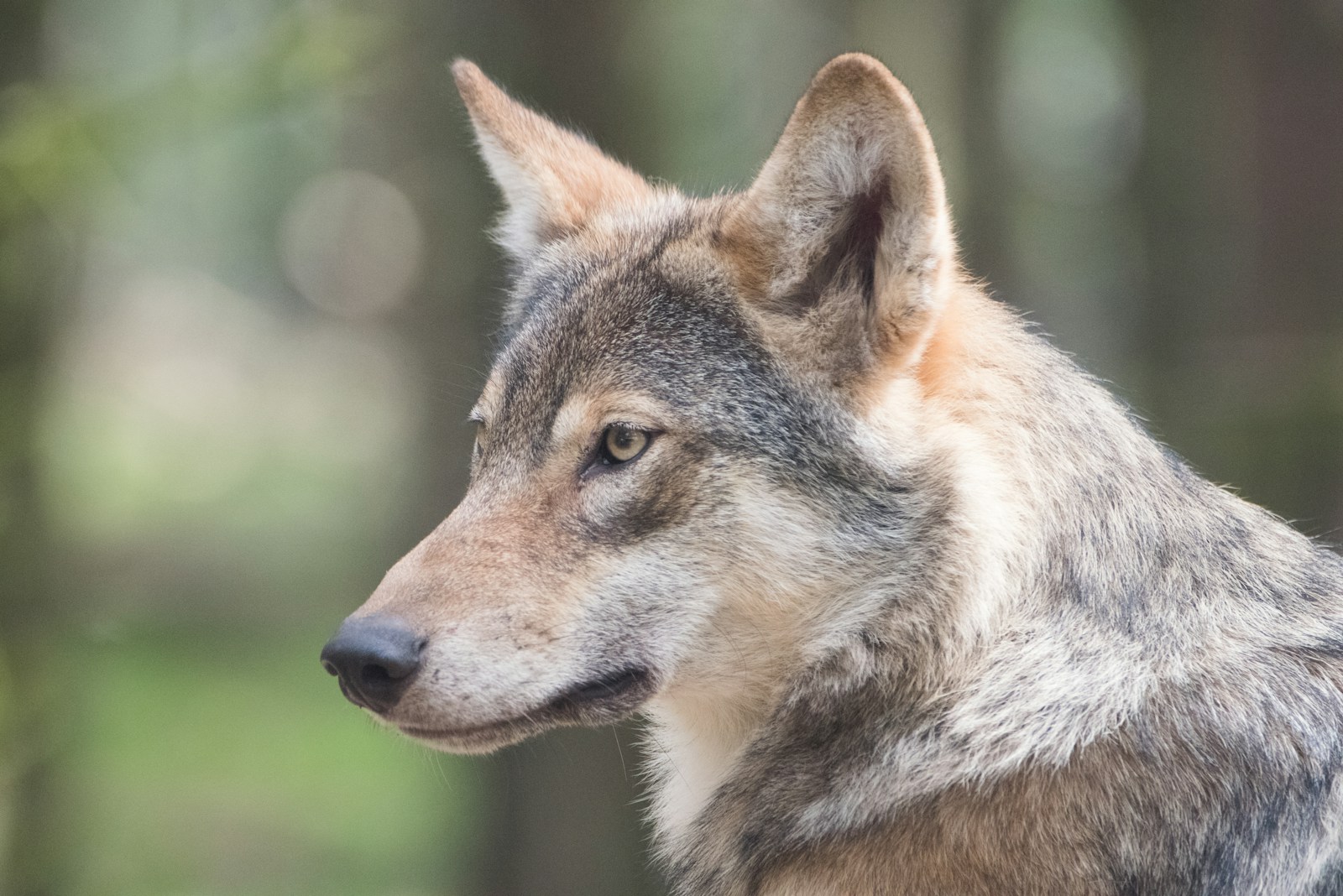Wolves, with their haunting howls and mysterious nature, captivate the imagination of wildlife enthusiasts worldwide. For many, seeing these apex predators in their natural habitat ranks high on their bucket list. However, approaching wolves on foot can be dangerous for both humans and the animals. Fortunately, there are several locations around the world where you can observe these magnificent creatures safely from your vehicle.
This article explores the best places to witness wolves in the wild without stepping outside your car, providing important information about viewing seasons, wolf behavior, and conservation efforts along the way.
Yellowstone National Park: America’s Wolf Watching Paradise
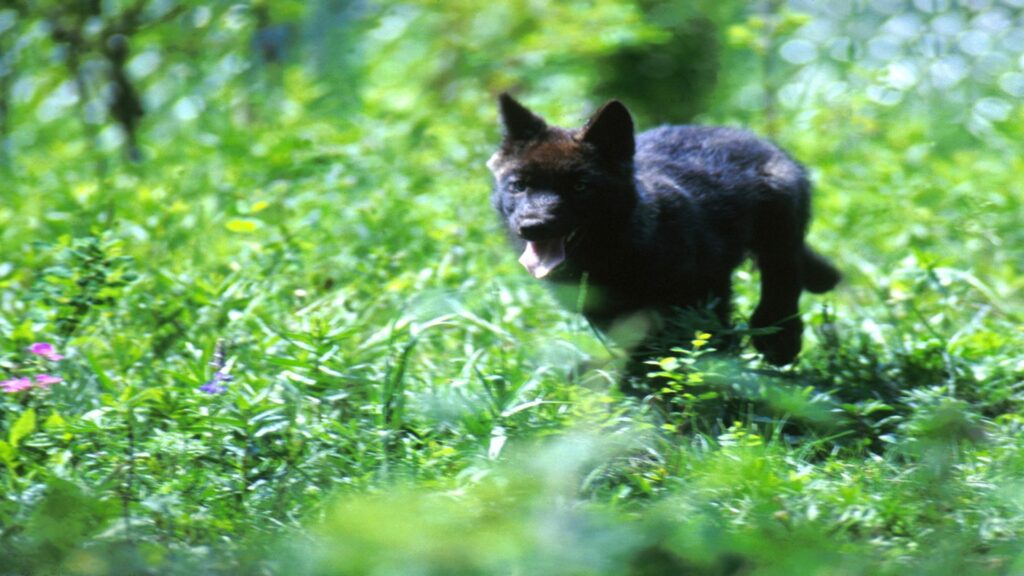
Yellowstone National Park, spanning Wyoming, Montana, and Idaho, offers perhaps the most accessible and reliable wolf watching opportunities in North America. After the successful reintroduction of wolves in 1995-1996, the park now hosts multiple packs that can often be spotted from the road in the Lamar Valley, nicknamed “America’s Serengeti.” Early mornings and evenings provide the best viewing times as wolves are crepuscular hunters, being most active during dawn and dusk.
Visitors can simply pull into designated turnouts along the Northeast Entrance Road and scan the valleys with binoculars or spotting scopes. During winter months, when wolves are more visible against the snow, guided snow coach tours offer heated vehicle-based wolf watching experiences through the park’s interior.
Denali National Park: Alaska’s Wolf Territory
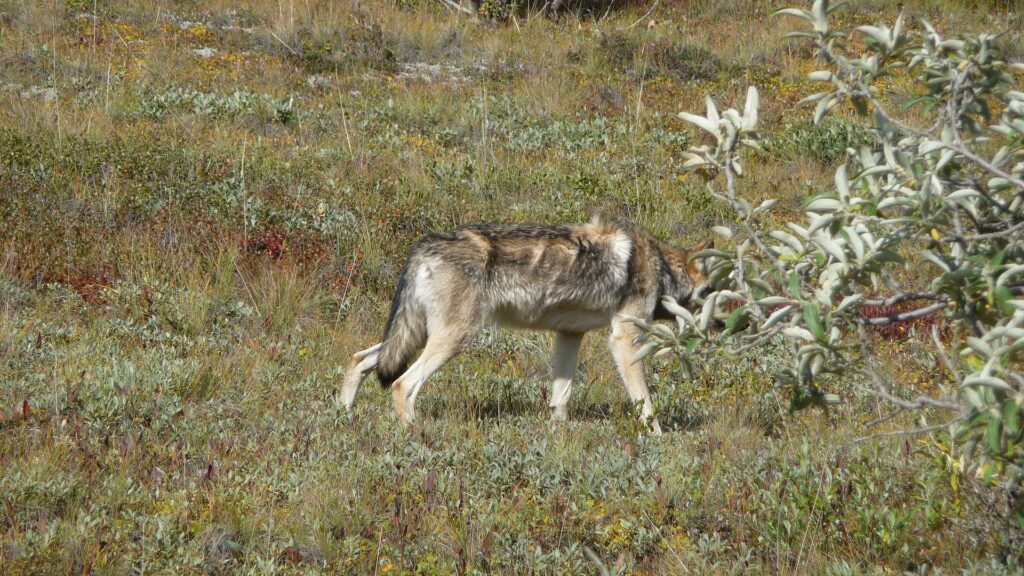
Denali National Park in Alaska presents another exceptional opportunity to see wolves without leaving your vehicle. The park’s shuttle buses traverse the 92-mile Denali Park Road, cutting through vast wilderness where wolves roam freely among caribou, moose, and Dall sheep. These wolves tend to be less habituated to humans than their Yellowstone counterparts, making sightings more authentic but somewhat less predictable.
The open tundra landscape increases visibility, particularly in areas like Sable Pass and Polychrome Pass. Wolf sightings are most common during the summer months when the park road is fully open, though the viewing season is shorter than in more southern locations. Bus drivers are typically well-informed about recent wolf activity and will stop for wildlife viewing opportunities.
Isle Royale National Park: Wolf-Moose Dynamics

While Isle Royale National Park in Lake Superior requires a boat ride to access, once on the island, specialized guided tours allow visitors to observe wolves from vehicles along the limited road system. This remote island provides a fascinating natural laboratory where wolves and moose have interacted for decades without human interference, creating one of the longest-running predator-prey studies in the world.
Recent wolf reintroductions have rejuvenated the previously dwindling population. The limited access means fewer visitors, creating more exclusive viewing opportunities during the short summer season. Island tours organized by the park service take small groups in vehicles to known wolf territories, particularly in the Windigo and Rock Harbor areas.
Algonquin Provincial Park: Eastern Wolf Habitat
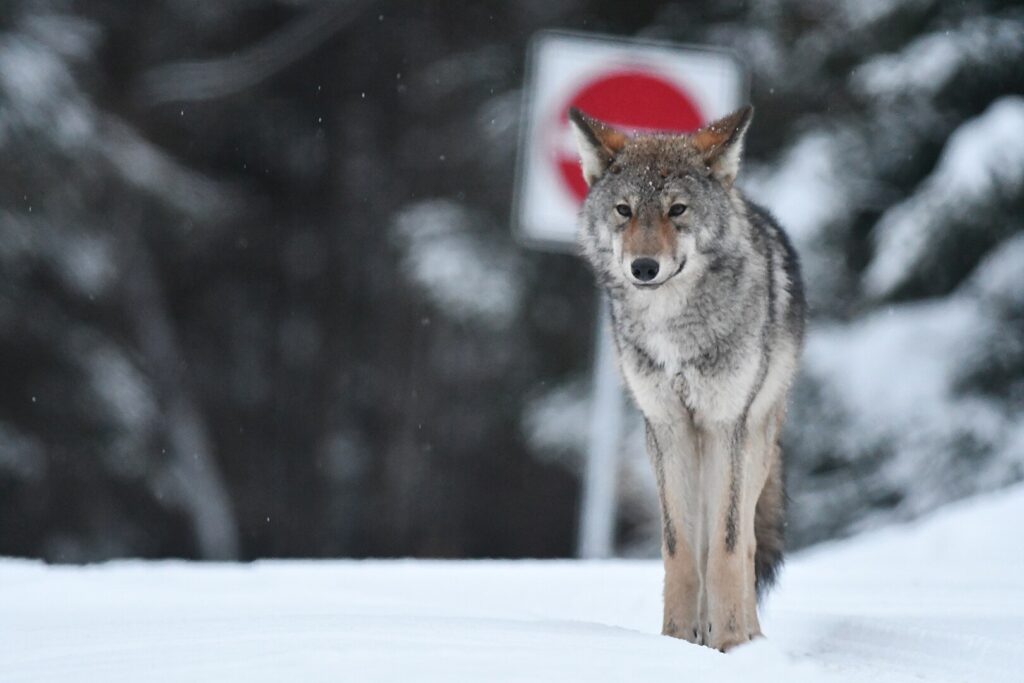
Canada’s Algonquin Provincial Park in Ontario hosts a unique population of Eastern wolves, sometimes classified as a separate species from their western cousins. The Highway 60 corridor that cuts through the southern portion of the park provides occasional opportunities to spot wolves from your vehicle, particularly in early morning or late evening. What makes Algonquin special is the wolf howling program, where visitors remain in their vehicles at designated locations while naturalists attempt to elicit responses from nearby wolf packs.
These organized howls take place on Thursday nights in August (and some Saturdays) when weather conditions permit. While visual sightings from vehicles are less common than in Yellowstone, hearing wolves respond to howls creates an unforgettable wilderness experience without leaving your car.
Białowieża Forest: Europe’s Ancient Wolf Haven

Straddling the border between Poland and Belarus, Białowieża Forest represents Europe’s last primeval forest and hosts a significant wolf population. On the Polish side, guided safari-style tours in specialized vehicles take visitors through restricted areas of the forest where wolves maintain territories alongside European bison and lynx. These tours operate year-round but winter offers better visibility when wolves are more active in daylight hours.
The Belarusian side of the forest offers even more exclusive vehicle-based wolf watching opportunities through its more restricted tourism program. Local guides are skilled at tracking wolf movements through the dense forest, significantly increasing the chances of sightings from the safety and comfort of specially designed wildlife viewing vehicles.
Abruzzo National Park: Mediterranean Wolf Population
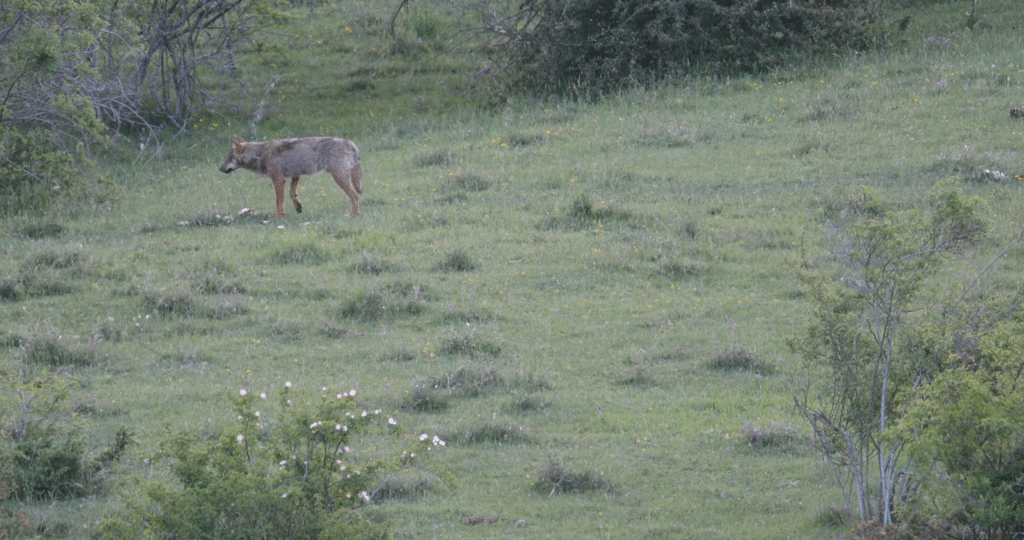
Italy’s Abruzzo National Park, located in the central Apennines, provides a unique opportunity to observe the recovering Italian wolf population. These wolves have adapted to the Mediterranean landscape and can occasionally be spotted from the park’s scenic drives, particularly the road between Pescasseroli and Gioia dei Marsi. Wildlife viewing vehicles operated by the park authority offer more specialized wolf-watching experiences, particularly during winter months when snow makes tracking easier.
The Italian wolves are typically more elusive than their North American counterparts, making vehicle-based observation especially valuable. Morning wildlife drives organized by local conservation groups provide knowledgeable guides who know the territories and movement patterns of the local packs.
Banff National Park: Canadian Rocky Mountain Wolves
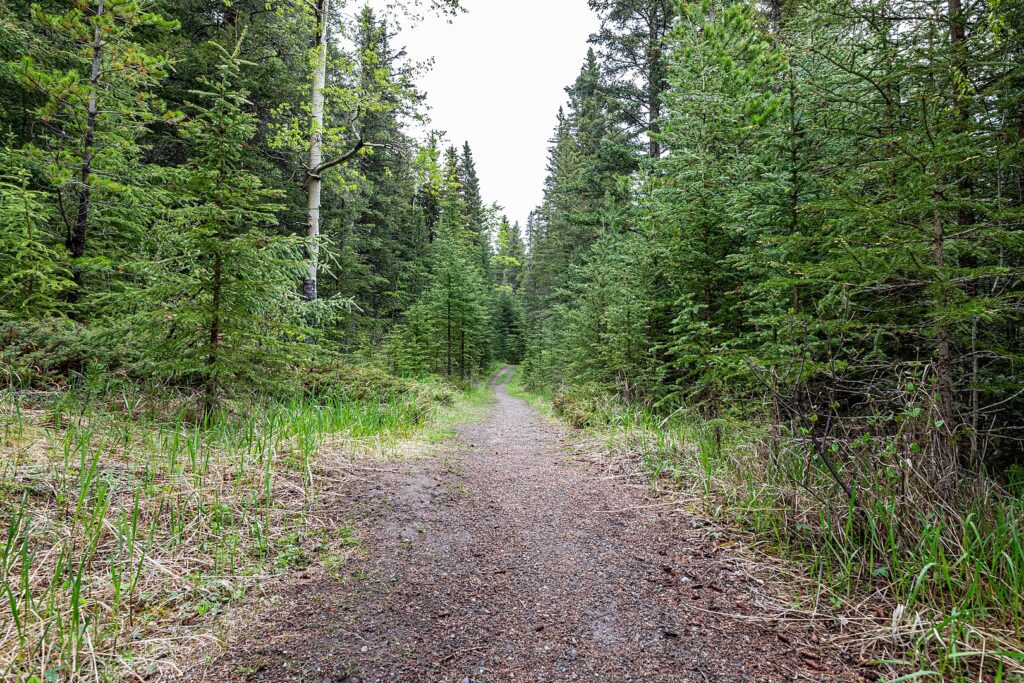
Canada’s oldest national park, Banff, hosts several wolf packs that occasionally appear along the park’s scenic drives, particularly the Bow Valley Parkway. This secondary road paralleling the Trans-Canada Highway offers slower speeds and less traffic, making wildlife viewing more accessible from your vehicle. Dawn drives along the parkway, especially in winter months, provide opportunities to spot wolves hunting or traveling together through the snow-covered landscape.
The wolves in Banff have learned to use transportation corridors to move efficiently through their territories, sometimes creating brief viewing opportunities for alert drivers. Wildlife overpasses visible from certain pullouts also occasionally feature wolves crossing from one part of their territory to another.
Winter Wildlife Safaris in Yellowstone’s Interior
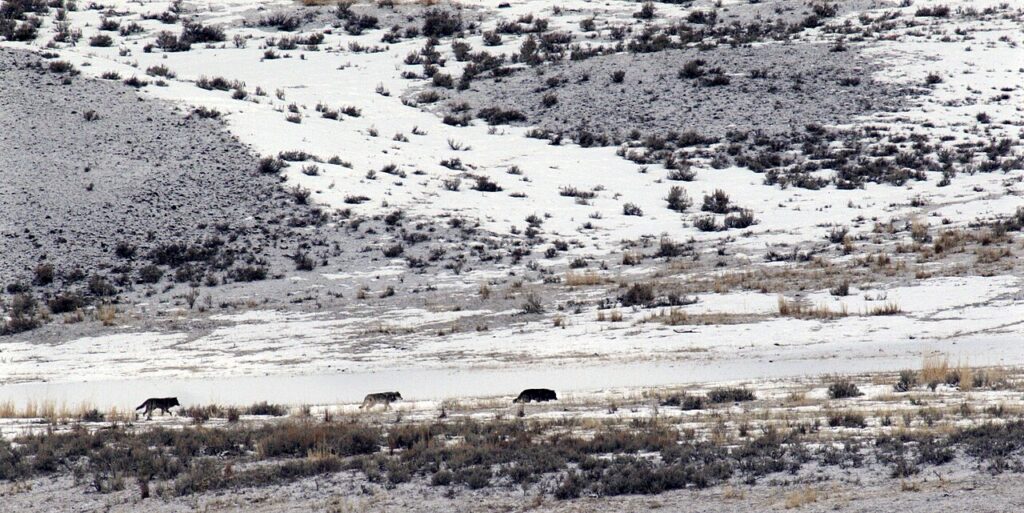
While summer visits to Yellowstone offer convenience, winter provides unparalleled wolf watching opportunities through specialized snow coach tours of the park’s interior. These heated vehicles traverse snow-covered roads closed to regular traffic, accessing prime wolf territory around the Madison, Firehole, and Gibbon rivers. The stark white background makes the wolves’ dark coats stand out dramatically, and their increased winter activity improves sighting opportunities. Professional guides using radio telemetry and years of experience locate packs with remarkable consistency during these tours. The limited number of visitors during winter months means wolves behave more naturally, often hunting, playing, or resting within view of the snow coaches.
Voyageurs National Park: Minnesota’s Wolf Territory
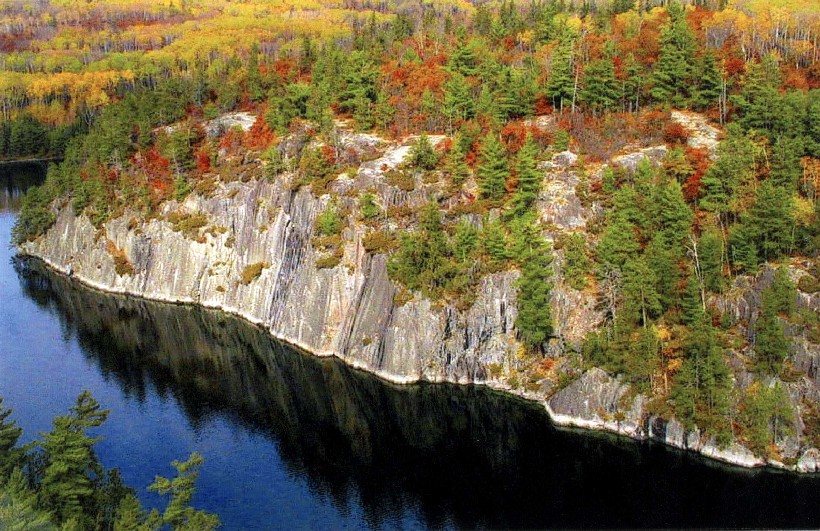
Voyageurs National Park in northern Minnesota offers a unique wolf viewing experience during winter months when the park’s frozen lakes become accessible by vehicle. Special guided tours in track vehicles or on snowcoach routes provide access to areas where wolf packs maintain territories throughout the harsh Minnesota winters. The park’s Wolf Project has documented extensive pack activities, helping guides locate high-probability viewing areas.
Winter ice roads maintained by the park service allow standard four-wheel-drive vehicles to access otherwise remote areas where wolf tracks and occasional sightings occur. The wolves in Voyageurs have adapted to the lake-forest ecosystem, often using frozen lakes as efficient travel corridors, increasing the chances of observation from vehicles.
The Timber Wolf Information Network Routes
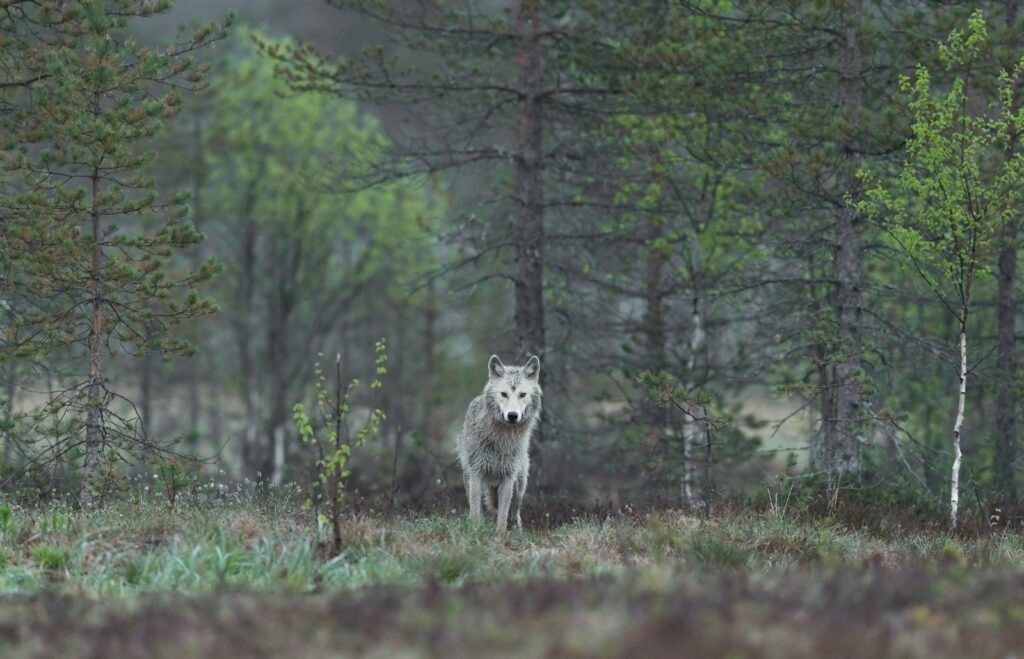
The Timber Wolf Information Network has established self-guided wolf watching routes through northern Wisconsin and Michigan’s Upper Peninsula, areas with recovering wolf populations. These routes follow public roads through known wolf territories, with detailed maps highlighting pullouts where visitors can safely scan for wolves from their vehicles. Winter weekends offer the highest success rates as wolf tracks in fresh snow help locate active areas.
The organization maintains updated information about recent sightings and pack movements, helping visitors maximize their chances of successful observations. These routes pass through a mixture of state forests, wildlife areas, and public lands where wolves have established territories since their natural return to the region in the 1980s.
Flathead Valley: Montana’s Wolf Country

The areas surrounding Glacier National Park in Montana, particularly the North Fork of the Flathead River valley, offer excellent opportunities to spot wolves from forest service roads. These unpaved but accessible roads traverse remote areas where multiple wolf packs maintain territories year-round. Winter brings higher visibility when wolves follow deer and elk to lower elevations.
Local wildlife guides offer specialized vehicle tours focusing specifically on wolf ecology and observation techniques. The interface between Glacier National Park and the surrounding national forests creates ideal wolf habitat with minimal human disturbance, increasing the possibility of authentic sightings from the safety of your vehicle.
Responsible Wolf Watching Practices

Responsible wolf watching requires understanding and following important ethical guidelines to minimize human impact on these wild animals. Always remain in your vehicle when wolves are present, as exiting your car can disturb their natural behaviors and potentially habituate them to human presence. Use binoculars or spotting scopes rather than trying to get closer, as even vehicle movement can interrupt hunting or social interactions. Never attempt to feed or call wolves, as this can create dangerous dependencies and alter their natural behavior patterns.
Follow all park regulations regarding wildlife viewing distances, typically requiring staying at least 100 yards from wolves at all times. Responsible observers also avoid sharing specific GPS locations of wolf sightings on social media, instead reporting sightings to park authorities who can manage viewing opportunities appropriately.
Planning Your Wolf Watching Trip
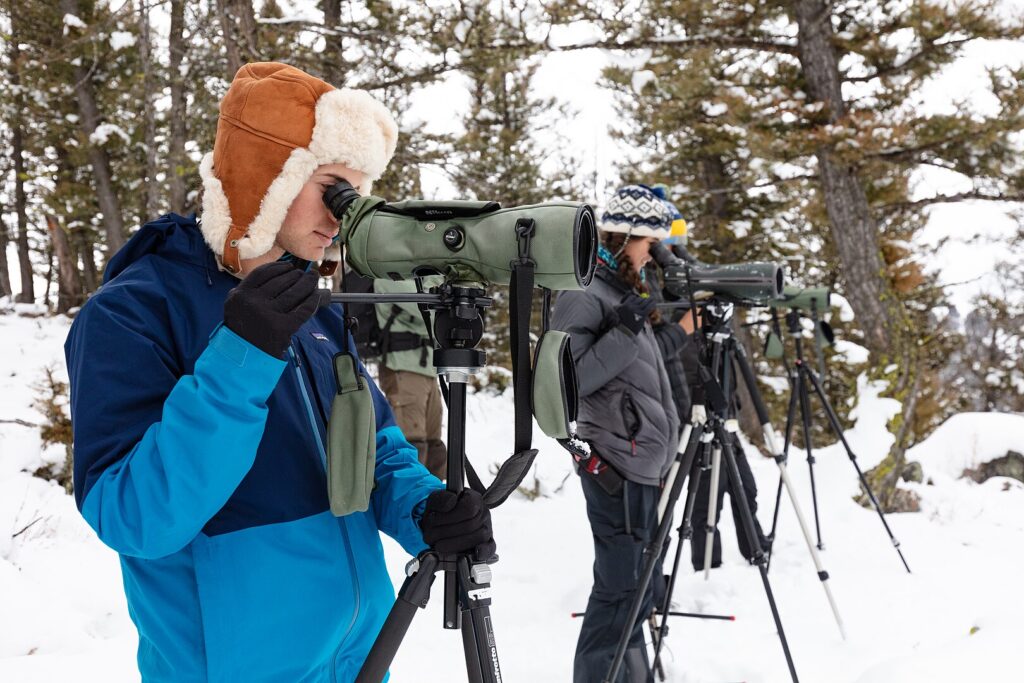
Planning a successful wolf watching trip requires thoughtful preparation and realistic expectations. Research seasonal wolf activity in your chosen destination, with winter generally offering better viewing opportunities in most locations due to increased visibility and activity patterns. Invest in quality optics, as most observations will occur at considerable distances even from vehicles. Connect with local wildlife watching groups or hire specialized guides who track wolf movements daily and understand behavioral patterns.
Early morning departures are essential, as wolves are most active around dawn, often returning to daybed locations by mid-morning. Patience is perhaps the most important element of successful wolf watching—even in prime locations, being willing to spend multiple days scanning appropriate habitat will significantly increase your chances of memorable encounters without ever leaving your vehicle.
Conclusion: Discover Wolves Wildlife Watching in National Parks
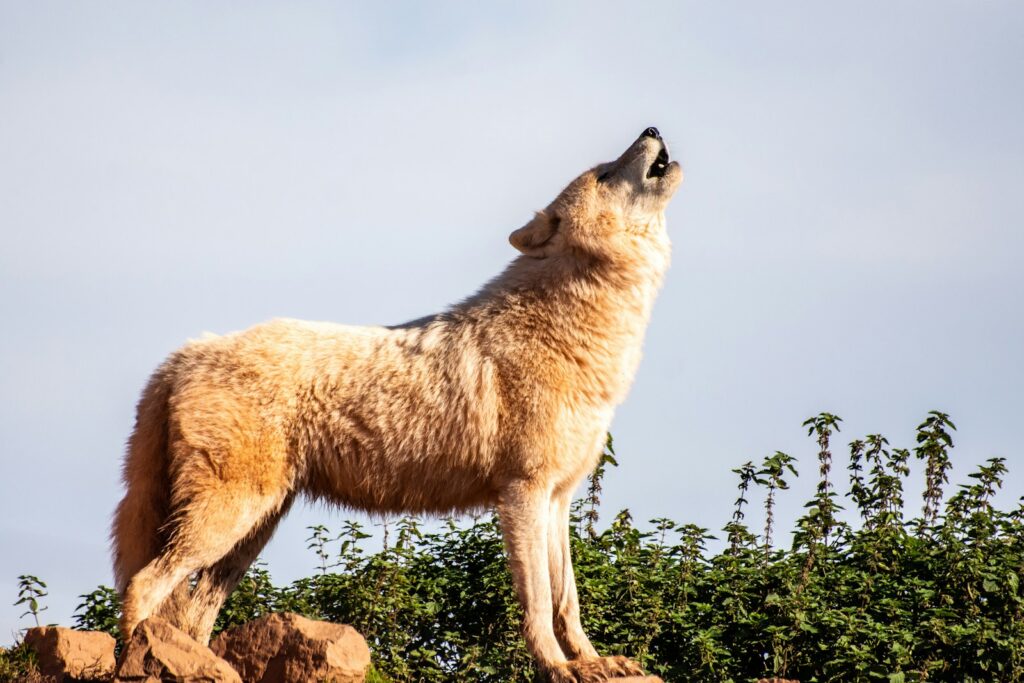
Witnessing wolves in their natural habitat from the safety of your vehicle provides an unforgettable wildlife experience while minimizing disruption to these magnificent predators. Whether you choose the reliable wolf watching of Yellowstone’s Lamar Valley, the remote wilderness of Denali, or the ancient forests of Białowieża, responsible observation creates conservation advocates and deepens appreciation for these ecologically vital animals.
As wolf populations continue to recover in many regions, vehicle-based wolf watching opportunities will likely expand, offering more people the chance to connect with one of nature’s most compelling predators while maintaining the respectful distance these wild animals deserve.

